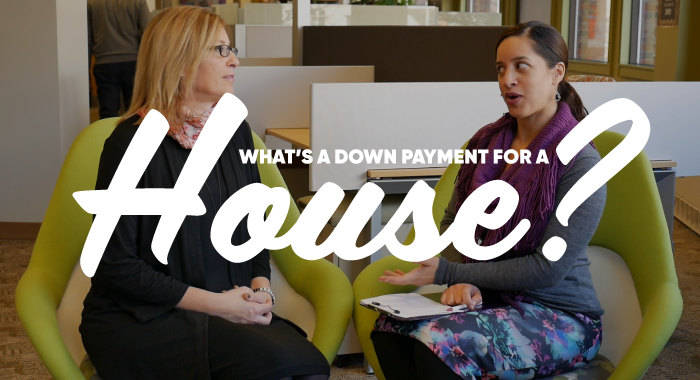You've decided you’re ready to buy a new home – congrats! As you’re looking for the perfect place, this is also a key time to start thinking about your down payment. You've probably heard words and phrases like “20% down” and “PMI” thrown around a lot, but if you’re not sure what it all means, check out this quick guide to the ins and outs of down payments:
What is a down payment?
A down payment is simply an agreed-upon percentage of the price of a home, which you personally pay by the closing date of the purchase. Typically $1,000 is put down with the offer and 3-5% is provided at the Purchase and Sale Agreement with the balance if any is due at the closing date.
How much do I need to put down?
The “standard” amount is 20%, though fluctuations in the housing market mean that in reality this number is often lower. Ten percent is becoming more common, and depending on other factors such as your credit score, you might be able to get a loan approved with as little as 3-5% down. There are even some programs that require zero down.
Does the down payment need to be cash?
The down payment can start as other assets or investments, but it must be liquid during the transaction. Any large deposits made to your bank account in the 2 months prior to the application will need to be sourced. Your loan officer will look at your bank accounts and savings in the lead-up to the sale to verify that this is the case.
If I get pre-approved for a loan with a certain percentage down, is that all I should try to save?
You will need to also cover the closing costs and should have between 2-6 months of housing payments in reserves, which can include retirement accounts. If you put less than 20% down you'll need to get PMI – Private Mortgage Insurance – and pay it on top of your mortgage payments until you've paid off 20% of the loan. Additionally the more you put down now, the less money you'll end up paying later, as you'll need a smaller loan with less capital to accrue interest in the first place.
On the other hand, it's never a good idea to totally wipe out all your savings, so don't just transfer the contents of your emergency and rainy-day funds into your down payment fund all in one go. You'll also want to save to get your debt down as much as possible to improve your pre-approval numbers. Your new home will likely need some maintenance, improvements and repairs as well, so it's better to think of saving for your down payment as just one part of saving for a new home.
Can I take out a personal loan to cover my down payment?
No, none of the down payment can be borrowed. In addition, personal loans will be included in the checks your loan officer does as part of the pre-approval process, and may negatively affect your loan amount and interest rates. If you can't afford a down payment now, you're better off saving until you can, rather than going into further debt and hurting your credit score. Your loan officer can also point you towards programs and plans with little (or nothing) down.
Where can I find out more?
The HUECU website has several calculators available to give you a better idea what to expect with regards to your specific situation. And, you can meet with a mortgage loan expert who can help with any questions you have.
Check out other articles in our Home Buying Series:





